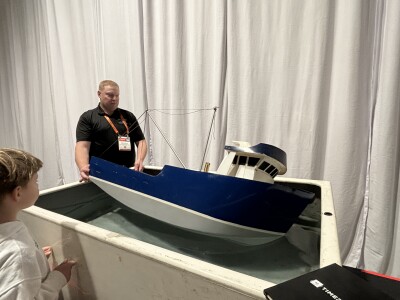The Atlantic blue crab has long been a commercially important species for thousands of water-men in the crab fishery industry in Maryland and Virginia. But ecological damage, over-exploitation and now, migration of the species is cause for alarm.
Most people familiar with the blue crab industry along the Atlantic Coast have long been aware of the ongoing problems with a declining blue crab population in the Chesapeake Bay. In the 1980s, there was a drastic reduction in the oyster population, in part due to overly abundant fresh water flooding into the oyster beds in the bay.
Because limitations on oyster harvests were put in place, fishermen turned to blue crabs, extending the harvest into the fall when they would have normally turned to oyster harvesting. By the mid-1990s, the crab population had been reduced to about 300 million, half of what it should have been. Not only were the oysters depleted, but so were the crabs and the underwater grasses that provided them with food, shelter and oxygen.
Against this depressing background of dwindling blue crab populations, David Johnson of the Marine Biological Laboratory began studying the northward migration pattern of the blue crab. In the Chesapeake Bay region, the Maryland Department of Natural Resources and Virginia Institute of Marine Science had been conducting yearly surveys that were beginning to show a marked increase in the crab population in the bay, that is, until the 2012-2013 survey.
Read the full story at Digital Journal>>
Want to read more about Chesapeake blue crab? Click here…






